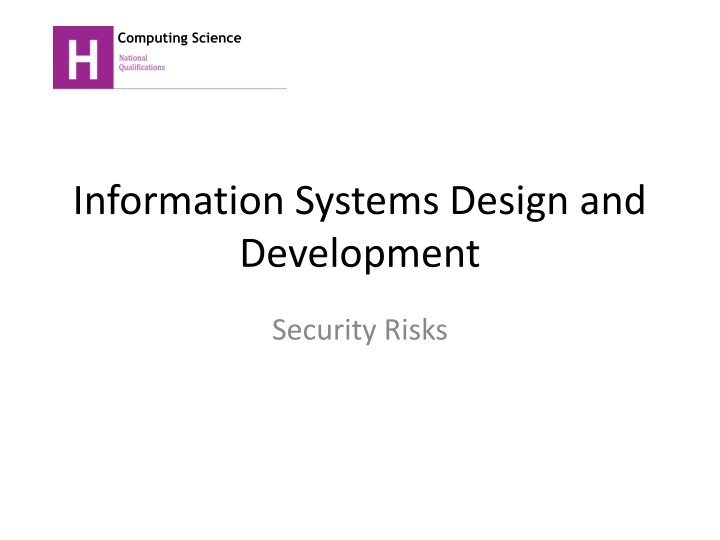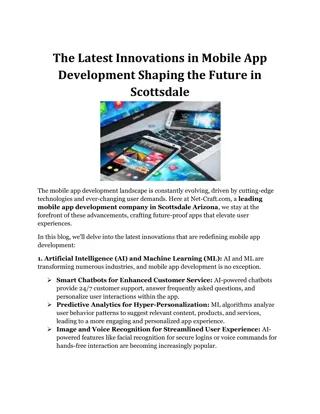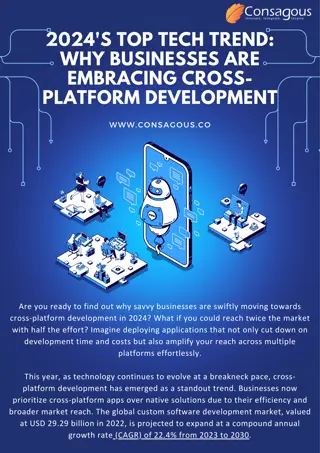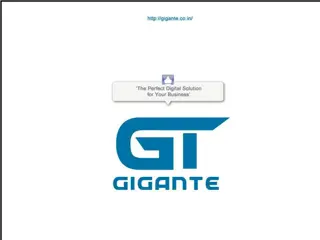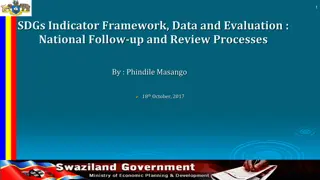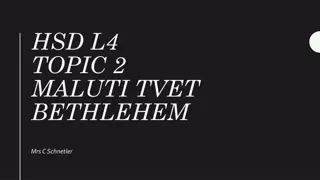Development
Malicious computer programs like viruses, worms, and Trojans pose serious security risks by accessing systems without permission. Spyware, phishing, keylogging, and DOS attacks further threaten data and privacy. Learn to differentiate these threats and safeguard your systems.
Download Presentation

Please find below an Image/Link to download the presentation.
The content on the website is provided AS IS for your information and personal use only. It may not be sold, licensed, or shared on other websites without obtaining consent from the author.If you encounter any issues during the download, it is possible that the publisher has removed the file from their server.
You are allowed to download the files provided on this website for personal or commercial use, subject to the condition that they are used lawfully. All files are the property of their respective owners.
The content on the website is provided AS IS for your information and personal use only. It may not be sold, licensed, or shared on other websites without obtaining consent from the author.
E N D
Presentation Transcript
Computing Science Information Systems Design and Development Security Risks
Learning Outcomes By the end of this topic you will be able to: state the differences between a virus, a worm and a Trojan; describe Spyware; describe phishing explain the purpose of keylogging; describe a DOS attack;
Virus, Worms and Trojans Malicious computer programs are programs designed to access a computer system without permission in order to create some sort of damage This is illegal under the Computer Misuse Act Types of malicious programs Virus Worm Trojan
Virus, Worms and Trojans A virus is a program that can copy itself by attaching to another executable program A worm is a program that can replicate itself without attaching itself to another program A trojan does not replicate itself. When activated it can steal data or damage a system in other ways
Spyware Spyware is software distributed without any user intervention or knowledge. Once installed, the spyware monitors activity on the computer. The spyware then sends this information to the organization responsible for launching the spyware.
Phishing Phishing is a form of social engineering where the attacker pretends to represent a legitimate outside organization, such as a bank. A potential victim is contacted via e-mail. The attacker might ask for verification of information, such as a password or username The information gained is then used fraud or identity theft
Keylogging Keylogging (short for keystroke logging) is recording what is typed at a keyboard This can be done either by fitting a piece of hardware physically to a system or by software, often using a Trojan for installation Keylogging can be used by employers to monitor computer use It can also be used maliciously to gain access to usre names and passwords
DOS attack DoS is a form of attack that prevents users from accessing normal services, such as e-mail and a web server, because the system is busy responding to abnormally large amounts of requests. DoS works by sending enough requests for a system resource that the requested service is overloaded and ceases to operate. Distributed DoS (DDoS) is another form of attack that uses many infected computers, called zombies, to launch an attack.
DOS Attack Common DoS attacks include the following: Ping of death A series of repeated, larger than normal pings that crash the receiving computer E-mail bomb A large quantity of bulk e-mail that overwhelms the e-mail server preventing users from accessing it
